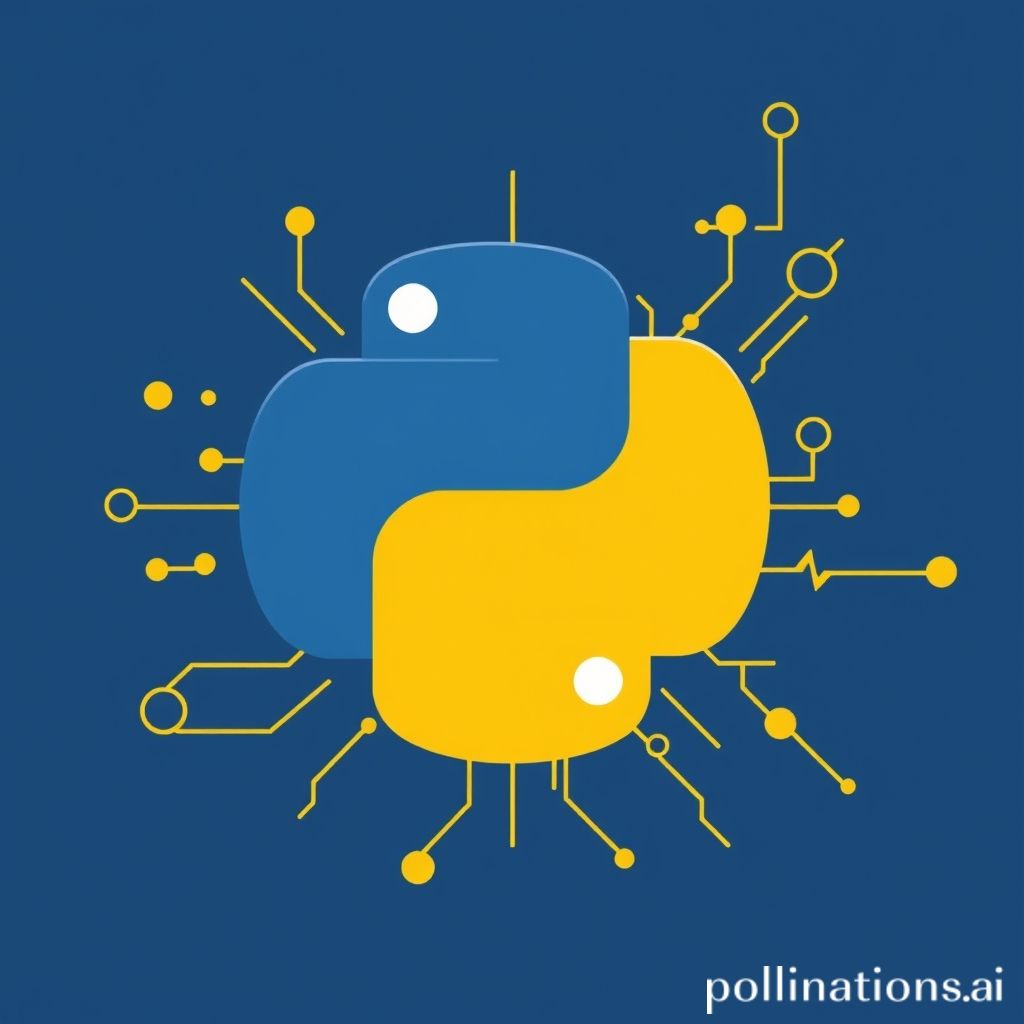
Advanced Python for Data Science and Machine Learning
In the rapidly evolving fields of data science and machine learning, Python stands out as one of the most versatile and powerful programming languages. With its rich ecosystem of libraries and frameworks, Python allows data scientists to carry out complex analytical tasks with ease. This article delves into some advanced Python techniques and concepts that are vital for professionals eager to harness the full potential of data science and machine learning.
Key Libraries for Advanced Data Science
Several libraries are essential for advanced data manipulation, statistical modeling, and machine learning. Here are some of the most important:
- Pandas: A powerful data manipulation and analysis library that provides data structures like DataFrames for efficient handling of structured data.
- NumPy: Fundamental for numerical computations in Python, NumPy offers support for large multi-dimensional arrays and matrices, along with a collection of mathematical functions to operate on these arrays.
- Scikit-learn: This machine learning library for Python is built on NumPy and SciPy, offering simple and efficient tools for data mining and data analysis.
- TensorFlow and Keras: TensorFlow is an open-source library for deep learning, while Keras acts as a high-level API for TensorFlow, enabling easy and fast model development.
- Matplotlib and Seaborn: These visualization libraries provide a framework for creating static, animated, and interactive visualizations in Python.
Advanced Techniques in Data Manipulation
Once you are familiar with the basic capabilities of Python and its libraries, you can explore some advanced data manipulation techniques:
- Using the GroupBy Function: This allows data scientists to split, apply, and combine operations on data in a more structured way, enabling nuanced analysis of aggregated data.
- Pivot Tables: Similar to Excel, pivot tables in Pandas allow you to summarize data in a way that makes it easier to analyze and visualize.
- Advanced Filtering and Slicing: Mastering techniques such as boolean indexing and the use of `.loc[]` and `.iloc[]` can greatly enhance data extraction capabilities.
Machine Learning Techniques and Best Practices
For those looking to implement machine learning solutions, understanding advanced techniques is essential:
- Model Selection: Familiarity with cross-validation, hyperparameter tuning, and the choice of model based on data characteristics is critical for building robust models.
- Feature Engineering: The process of selecting, modifying, or creating new features increases the predictive power of machine learning algorithms.
- Ensemble Methods: Techniques such as bagging and boosting can combine multiple models to enhance performance, making predictions more reliable.
Conclusion
Advanced Python skills are indispensable for any data scientist seeking to excel in data-driven fields. By mastering libraries, data manipulation techniques, and machine learning practices, individuals can unlock new capabilities that can lead to impactful insights and innovations. Continuous learning and practice are key to staying ahead in this dynamic landscape.
